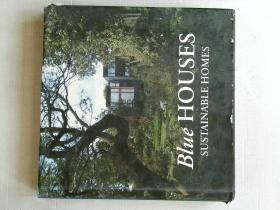
Blue Houses:Sustainable Homes 环保住宅建筑
¥ 268 九品
仅1件
河北保定
认证卖家担保交易快速发货售后保障
作者Cristina Paredes
出版社Loft Publications
ISBN9788492463930
出版时间2011-01
装帧精装
开本其他
页数221页
上书时间2020-04-02
- 在售商品 暂无
- 平均发货时间 18小时
- 好评率 暂无
- 店主推荐
- 最新上架
商品详情
- 品相描述:九品
- 商品描述
- In this book we aims to make our readers better acquainted with sustainable architecture.Most of us might feel completely overwhelmed by the vast quantity of new concepts such as ecological footprint, environmental impact,recyclable and recycled material,thermal mass,biomass,etc.Green architecture is not only a question of having a house built without CO2 emissions or one that is completely self-sufficient with respect to electricity or water consumption. Being an environmentalist starts by adopting an attitude and implementing changes in one\'s behavior and daily routine. While leaving the car at home and using public transport or cycling to get about are practices that contribute to the sustainability of the planet,there are other minor activities performed in our homes that can also be helpful. Meanwhile,sustainability and ecology also involve using energy efficient compact fluorescent light bulbs,installing water flow regulators on all the faucets in the house,and increasing insulation ao as to avoid wasting heat in winter.to a general non-specialist audience.In the course of the following pages all these terms will be clarified,together with many more that can help the reader gain a more precise knowledge of this subject.They wil be arranged in three main sections:building systerms,materials and water savings.这本书是为一般读者介绍目前的可持续建筑的发展趋势。我们大多数人因大量的新环保概念而不堪重负,如生态足迹、环境影响、再生和可回收材料,热容量,生物质能等等。绿色建筑不仅是一种具有无二氧化碳排放量或一个完全自给自足的电力建设方面的一所房子的问题或水的消耗。作为一个环保主义者开始于采取的态度和执行个人的行为和日常生活的变化;把汽车留在家里,使用公共交通工具或骑自行车的做法,有助于对地球的可持续性,也可以帮助其他未成年人进行活动。同时,可持续性和生态也涉及到使用节能紧凑型荧光灯泡,为家里所有的水龙头安装水流量调节器,冬季增加保温避免浪费热量。本书会逐步分析这些概念,帮助读者得到更精确的生态环保知识,主要的是分三个部分:建筑体系、建筑材料和节约用水。
相关推荐
— 没有更多了 —





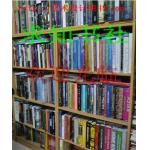


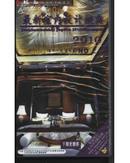




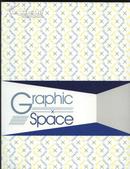

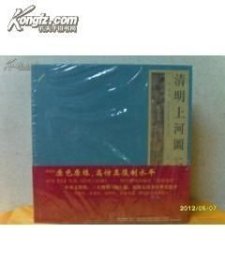









![现货 Blue Houses: Sustainable Homes[9788492463930]](https://www0.kfzimg.com/sw/kfz-cos/kfzimg/17733071/75a68e6b2c7d6ac8_s.jpg)


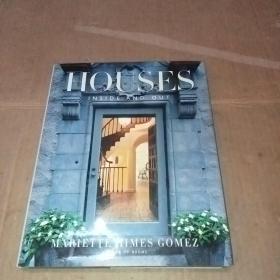
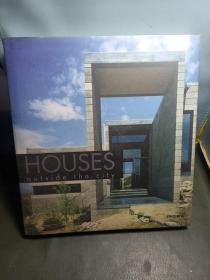
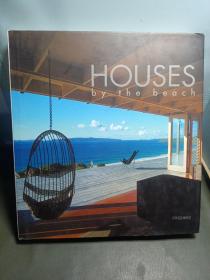




以下为对购买帮助不大的评价